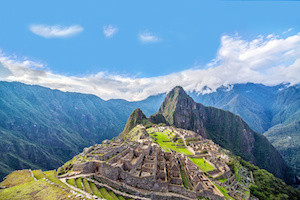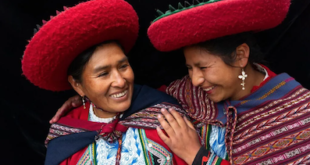Adventure holidays are gaining in popularity. Every year, more and more people pack hiking boots and spikes, rather than jandals and espadrilles, and challenge themselves on several levels as they travel.
While not everyone can scale Mt Everest, most active people can make it to Base Camp, or to various other high points in the world, including Machu Picchu. It’s exhilarating, good for the body and mind and puts several ticks on the bucket list at once.
If you are one of these travellers, please do your homework.
Train. Even if you are fit, ensure you do climb-appropriate training before you embark on a ‘proper’ climb. Contact your local mountaineers club and ask for tips and join in on easier walks and climbs to develop the strength and fitness required.
Find out about proper nutrition, hydration and injury prevention. Consult your GP and make sure you are in excellent health and fitness before you leave.
Take all the appropriate equipment. Kiwis love a ‘she’ll be right’ attitude, but mountain climbing should be undertaken with the same respect as going to sea: conditions can change rapidly, and an ill-prepared climber puts themselves, their climbing buddies and potentially their rescuers, in danger by taking too many risks.
When you are planning your trip, plan your travel insurance at the same time. If you get sick during your climb, you will most likely be covered, or if you fall and break a leg, or otherwise injure yourself.
There are some restrictions to cover, based on the increased risk to personal safety, so it does pay to check thoroughly.
Generally, if you will be using ropes to climb, there will likely be exclusions to your cover. If you choose to climb without a qualified guide or not as part of an organised tour group, you may find there are limitations to your policy. Remote areas often have extremely limited communication or medical services, which makes visiting such areas far more risky.
It is always important to balance your desire for adventure with your own self-preservation instinct.
Climbers can succumb to altitude sickness. There are various forms, varying in severity, but the initial stages can often be mistaken for general malaise and fatigue.
They include:
Fatigue
Headache
Dizziness
Insomnia
Shortness of breath during exertion
Nausea
Decreased appetite
Swelling of extremities
Social withdrawal
People with acute altitude sickness often attribute their symptoms to other causes such as an uncomfortable bed, bad food, or a hangover. However, it is important to recognise that these symptoms may indicate a high altitude illness. It is estimated that up to half the people who fly to the Khumbu region of Nepal develop acute altitude sickness.
A more serious form of altitude sickness is high altitude pulmonary edema (HAPE). This occurs when fluid builds up within the lungs, a condition that can make breathing extremely difficult. Usually, this happens after the second night spent at a high altitude, but it can happen earlier, and occasionally later. HAPE often comes on quickly. If left untreated, it can progress to respiratory distress and can be life threatening.










Join the Discussion
Type out your comment here:
You must be logged in to post a comment.